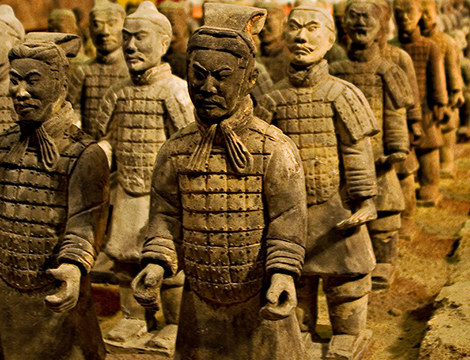
In today’s blog, Michael Chase and Jeffrey Engstrom face off against Roger Cliff on China’s ongoing military reforms. The two ‘optimists’ believe the reforms will help blunt corruption, strengthen civilian control over the PLA, and modernize the armed forces. Roger Cliff, in contrast, argues that the reforms won’t resolve two of the PLA’s most glaring weaknesses – its limited joint capabilities and the continued dominance of the army.
China’s Military Reforms: An Optimistic Take
This article was originally published in Joint Forces Quarterly 83 by National Defense University Press on 1 October 2016.
China is implementing a sweeping reorganization of its military that has the potential to be the most important in the post-1949 history of the People’s Liberation Army (PLA).1 Xi Jinping, who serves as China’s president, general secretary of the Chinese Communist Party, and chairman of the Central Military Commission (CMC), seeks to transform the PLA into a fully modernized and “informatized” fighting force capable of carrying out joint combat operations, conducting military operations other than war (MOOTW), and providing a powerful strategic deterrent to prevent challenges to China’s interests and constrain the decisions of potential adversaries. Scheduled for completion by 2020, the reforms aim to place the services on a more even footing in the traditionally army-dominated PLA and to enable the military to more effectively harness space, cyberspace, and electronic warfare capabilities. Simultaneously, Xi is looking to rein in PLA corruption and assert his control over the military.
